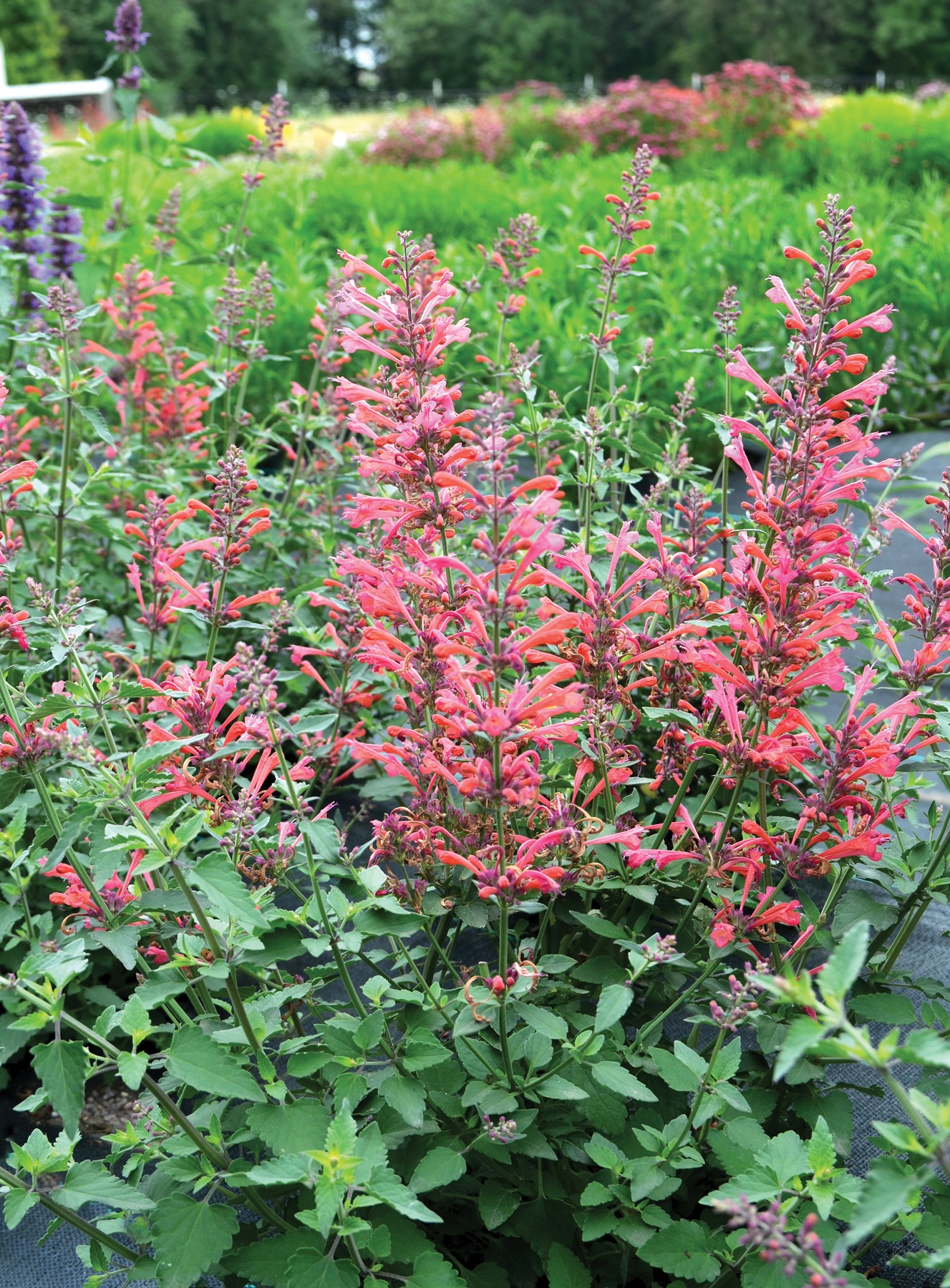

Provide plenty of water when the plants are establishing, but they can mostly fend for themselves thereafter. Most plants can survive temperatures down to 10 F. The Agastache plant is hardy in USDA plant hardiness zones 4 to 10. Flowers will be produced more quickly on plants that are started indoors in May and transplanted in early summer.
#AGASTACHE KUDOS HOW TO#
How to GrowGrowing Agastache can be done indoors as starts, or you may directly plant seeds into the garden in spring. Pruning too late in the season will stimulate new growth in fall that may not survive the winter. If growing as a perennial, don’t prune or deadhead past midsummer. Deadhead (trim) spent flower stalks to keep the plant tidy. Pruning: Trim back plants by pinching the new growth in spring to promote bushier growth. It also can cause the stems to become floppy and fall over more easily. In fact, too much fertility will cause the plant to flower less and later, and reduce the essential oils in the leaves and flowers. Additional fertilizer usually isn’t needed. Once mature, these mint family plants are tough and can go weeks without watering.įertilizer: Amend the soil before planting with compost. Keep the soil moist for germination and seedling growth. Watering: Agastache is a drought-tolerant herb, especially once established. You can also plant outdoor in rows, thinning to 1 foot apart after 4 leaves form. Move plants outdoors when the transplants are at least 4 inches tall. Spacing: 4 to 6 weeks before a last frost date. It likes a soil close to neutral and in areas with acidic soils will benefit from the addition of lime. Soil: Grows best on fertile, well-drained soils. They will survive part shade, especially afternoon shade in warmer climates, but may not flower as well.
#AGASTACHE KUDOS FULL#
Light: Grows and flowers best in full sun. Fall planting will stay dormant all winter and sprout at the appropriate time in spring. You can plant any time until early summer. Plant in spring after all danger of frost has passed. The flowers are attractive to hummingbirds, butterflies and bees, while the anise-flavored leaves can be used in teas and cooking. In cold climates is self-sows readily making it an annual addition to your garden. In warm climates, it comes back consistently each year. While traditional varieties have blue or purple colored flowers, newer varieties feature bold colors such as red and orange. Growing AgastacheA tender perennial with aromatic leaves and colorful flower spikes all summer long. Long days benefit overall plant vigor and flowering. Mineral soils are fine.Ĭut Flower, Deep South, Deer Resistant, Fragrant, Hummingbird Attractor, Pollinator Attractor It attracts hummingbirds.īest in well drained, fertile Soil (Garden). It is a great perennial color spot for summer bloom. Shorter than 'Acapulco Salmon and Pink' and bred with hardy species to make it hardier.


 0 kommentar(er)
0 kommentar(er)
